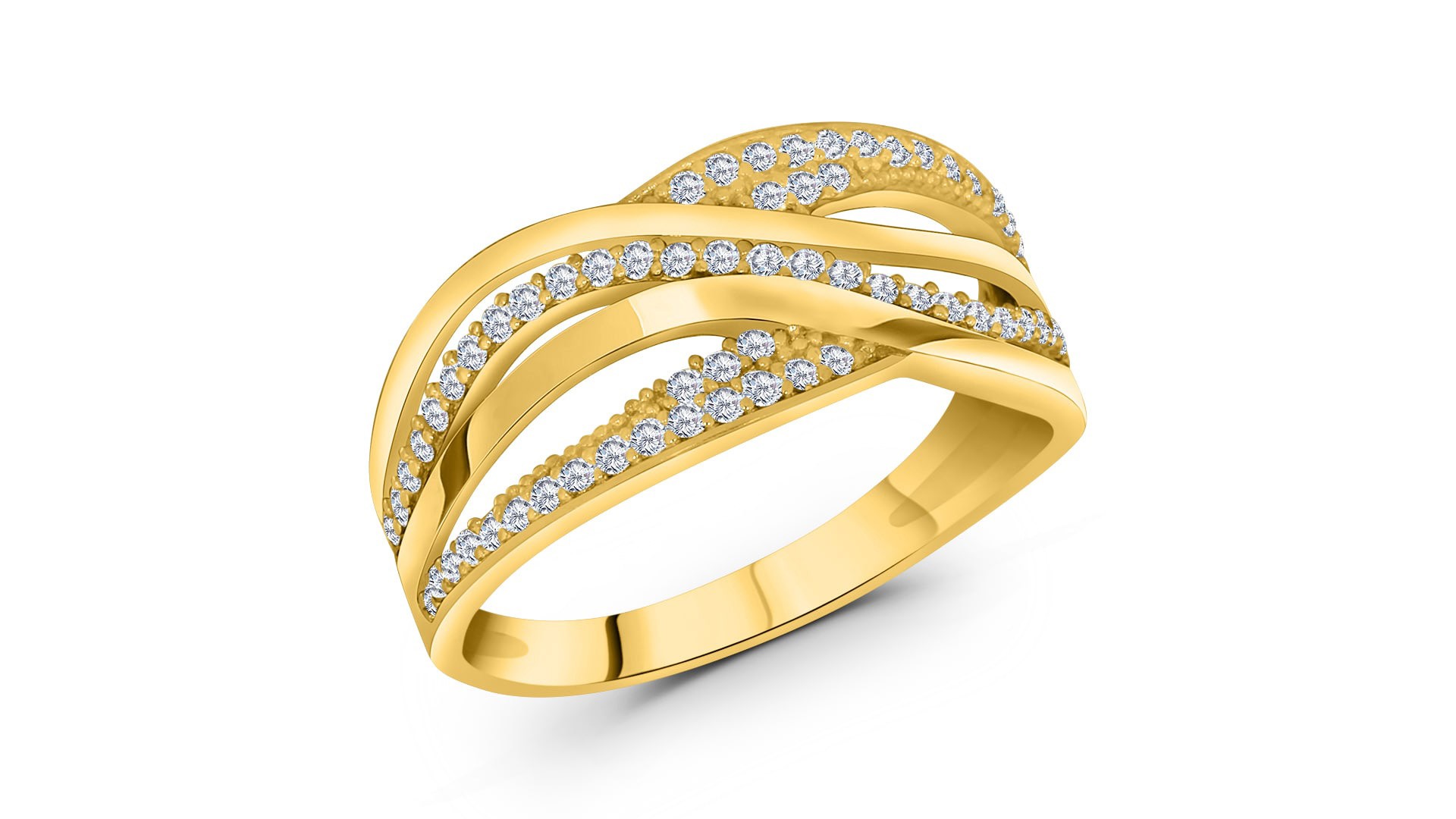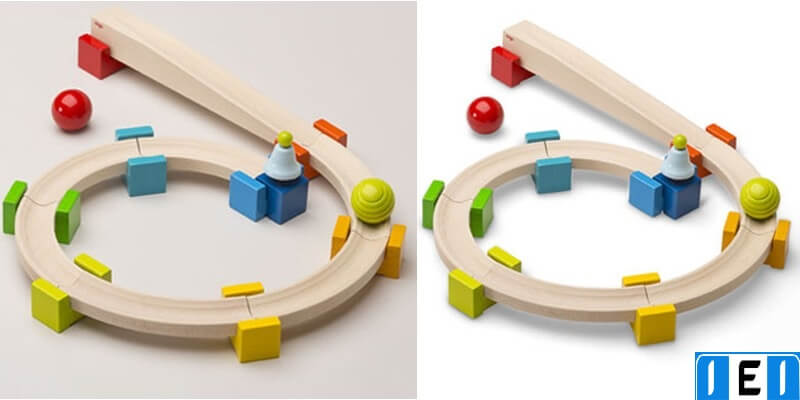As a photographer, you already know how important every detail is; jewelry photography techniques can either enhance or diminish the impact of your product images.We understand—capturing the brilliance, clarity, and texture of jewelry is no simple chore, and it sometimes feels as though your shots do not fairly represent the real thing. But using the correct methods will make your jewelry pictures from average to absolutely beautiful.
From lighting and background setups to camera settings and post-processing advice, this guide will teach you the most fundamental jewelry photography techniques every professional should know. This post will provide you practical techniques to regularly produce visually striking jewelry images that sell, regardless of experience level.
Understanding the Basics of Jewelry Photography
Understanding the fundamental Jewelry Photography Techniques that underpin every effective shot is absolutely essential before diving into sophisticated tools or techniques. These cover knowing how to handle lighting, choosing suitable backgrounds, applying the correct lenses, and keeping cleanliness. Jewelry is small in scale and highly reflective, thus detail is everything. Your final images will seem more polished the more clear your basics are.
Why Lighting is Crucial in Jewelry Photography
The heartbeat of photography is lighting; in jewelry photography, it is even more important. The way light interacts with crystals, metals, and gemstones defines the beauty of your jewelry in images. One of the most important jewelry photography techniques is shadow and harsh reflection reduction using diffused lighting. A light tent or softbox lighting will help to evenly distribute light, so adding depth and shine without producing glare.
Choosing the Right Camera Settings for Jewelry Photography
Jewelry photography can be much improved by proper camera settings. Professional jewelry photographers advise low ISO (100–200) to avoid noise, a small aperture (f/11 to f/16) for maximum depth of field, and hand focus for pinpoint accuracy. Especially when shooting at slower shutter speeds, a tripod is also absolutely necessary to keep stability and prevent blur.
Best Background Options for Stunning Jewelry Shots
The background should accentuate your jewelry rather than take focus from it. Most jewelry photography techniques make advantage of clean, neutral backgrounds such as white, black, or soft gray since they highlight the subject. Marble, wood, or textured cloth can add a bit of elegance for lifestyle shots; but, make sure the background never takes front stage over the jewelry itself.
Jewelry Photography Techniques for Shooting with Natural Light
Natural light is a great substitute in case you do not have studio lighting. To scatter direct sunlight, arrange your jewelry close to a big window with sheer curtains. This produces soft, pleasing light that accentuates the actual colors and sparkle of your jewelry. Among simple photography techniques, properly using daylight can help create stunning results without additional cost.
How to Avoid Reflections and Glare in Jewelry Photos
Reflective surfaces of jewelry can sometimes catch unwelcome reflections from your hands to the camera lens. Try encircling the piece with a light tent or diffuser to cut sharp reflections. Professional jewelry photographers also advise wearing neutral-colored clothes and using black or white cards to adjust light bounce and shadow direction.
Mastering Focus and Depth of Field in Jewelry Photography
Little items like earrings and rings call for exact attention. Use a small aperture and hand focus to maintain every element clear. By increasing the depth of field, all of the jewelry—from front to back—is in clear focus. One of the basic jewelry photography for a professional and detailed look is this one.
Using Macro Lenses for Detailed Jewelry Photography
A macro lens preserves sharpness and clarity while letting you get quite near to the subject. Particularly for displaying textures, gemstone cuts, engravings, or metalwork, this indispensable tool in high-end jewelry photography is These lenses provide your images a rich, editorial finish by catching minute details that standard lenses would overlook.
Photography Techniques for Capturing Sparkle and Shine
Making your jewelry sparkle requires science as well as art. To highlight areas, use pinpoint lighting; to bounce light into gemstones, use mirrors. Changing your angles somewhat can also improve light reflection off metal and stones. Good jewelry photography techniques concentrate on striking a balance—enough gloss to grab the eye, but not so much that it overcomes the details.
Essential Equipment Every Jewelry Photographer Should Own
You need the correct tools to implement the best jewelry photography techniques. Basics are a DSLR or mirrorless camera, macro lens, tripod, light tent or softbox, reflectors, and microfiber cloths for cleaning. Purchasing premium equipment guarantees consistent performance, increases productivity, and lessens the need for later on heavy editing.
Styling Tips to Enhance Your Jewelry Photography Results
Styling gives your images narrative and character. Tell a story with model hands, tasteful props, or themed backgrounds. Using real-life settings, creative jewelry photography techniques help clients see wearing their pieces. Minimal and complementary props will help the jewelry to stay the main attraction.
The Role of Post-Processing in Jewelry Photography Techniques
Even the best pictures call for some last details. Post-processing lets one change brightness, contrast, saturation, and sharpness. You can also clear color discrepancies, dust, and scratches. Retouching is a last step used in many jewelry photography techniques to improve visual attractiveness and guarantee the image looks flawless on every screen.
DIY Jewelry Photography Techniques for Budget Shoots
Not every photographer lives near pricey studios. Using reasonably priced tools—such as cardboard lightboxes, foam boards as reflectors, or smartphone lenses—DIY Photography Techniques produces professional results. Beginners, Etsy vendors, and small business owners looking for premium images without expensive costs will find this method perfect.
Common Mistakes to Avoid in Jewelry Photography
A shoot can be ruined even with the best equipment by mistakes including inadequate lighting, dirty jewelry, or distracting backgrounds. Preparing is one of Jewelry Photography Techniques’ golden rules. Always review test shots; clean the jewelry completely, arrange lighting carefully. These little actions guarantee polished output and help avoid common mistakes.
How to Photograph Jewelry for E-commerce Websites
Clear consistency is what e-commerce photography calls for. Set the white background, capture several angles, and keep consistent lighting and dimensions across all of the product photos. These jewelry photography techniques satisfy platform needs for markets like Amazon, Shopify, or Etsy, enhance UX, and build customer confidence.
Frequently Asked Questions (FAQs)
Q1. For jewelry photography, what ideal camera settings exist?
Use manual focus for sharp results, a low ISO (100–200), a small aperture (f/11–f/16), for deep depth of field. Using slower shutter speeds calls for a tripod to prevent blur.
Q2. How might I prevent reflections in my jewelry pictures?
To reduce inadvertent reflections on glossy surfaces, position lights at 45-degree angles, soften reflections using a light tent or diffuser, and dress in neutral colors.
Q3. For jewelry photography, which lighting arrangement suits best?
Perfect lighting is soft, diffused. Eliminate strong shadows and accentuate the glitter of stones and metals using LED lights or natural daylight with diffusers.
Q4. Does jewelry photography call for a macro lens?
A macro lens is very advised, indeed. Especially in rings, necklaces, and gemstones, it lets you catch minute textures and details.
Q5. How might I make images of jewelry seem more appealing?
A: Use appropriate styling; thoroughly clean the jewelry; arrange a clean background; control reflections; and use expert post-processing to improve the final image.
Q6. How best would one photograph jewelry for an online store?
A: Inconsistent lighting; white or neutral backgrounds; high-resolution images. Get close-ups and several angles; make sure images are sharp and color-corrected.
Conclusion: Master the Art of Jewelry Photography with the Right Techniques
Jewelry photography is about highlighting brilliance, detail, and workmanship in every shot, not only about presenting lovely objects. Learning the key Jewelry Photography Techniques will help you greatly enhance the visual appeal of your brand and the quality of your images.
From background design and lighting to camera settings and post-processing, every component is crucial in showing jewelry in the most appealing form. Applying the correct methods will help you draw clients, increase sales, and stand out in a crowded market whether your business is an e-commerce one or you are a professional photographer.
Look at our premium editing options at Image Expert India if you want expert-level jewelry retouching services to go with your photos. Our specialty is transforming decent images into breathtaking visual assets that convert.
Experience Perfection: Claim Your Free Trial Today!
Get a firsthand look at our exceptional services with a no-obligation free trial—start transforming your visuals today!














